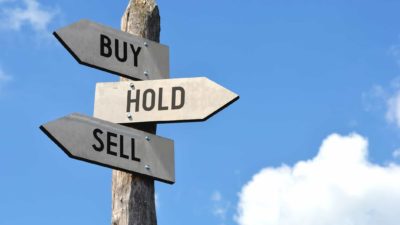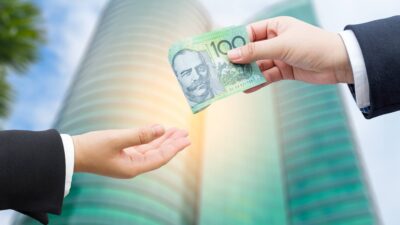Last month, Commonwealth Bank of Australia (ASX: CBA) released its half year results.
For the six months ended 31 December, CBA posted a 0.2% increase in operating income to $13,649 million and a 3% decline in cash net profit after tax to $5,019 million.
Nevertheless, this didn't stop the CBA board from increasing its fully franked interim dividend by 2.4% to $2.15 per share.
All the above was ahead of the market's expectations. For example, Goldman Sachs commented:
CBA's 1H24 cash earnings (company basis) from continued operations grew by 2.6% hoh to A$5,019 mn, and was -0.8%/+1.6% versus GSe / Visible Alpha consensus expectations (VAe). The quality of the result was good, with PPOP +1.6/+1.3% vs. GSe/VAe, largely on account of expenses. […] The interim ordinary DPS of A215¢ was higher than GSe (A210¢), and implies a 1H24 payout ratio of 72% GSe: 70%).
The good news is that a larger dividend is expected in the second half of the financial year.
For example, Morgans is forecasting a fully franked final dividend of $2.40 per share, bringing the total dividends to $4.55 per share.
Based on where CBA shares ended last week, this will mean a fully franked 3.9% yield for investors.
How to generate a $20,000 second income from CBA shares
If Morgans is on the money with its dividend forecast, investors looking for a $20,000 second income would need to own approximately 4,396 CBA shares.
Unfortunately, though, with CBA shares currently changing hands for $117.48, this would come at a significant cost.
An investment of $516,442.08 into the bank's shares would be required to generate our target of $20,000 of income.
The long way
Most Australians don't have half a million dollars available to sink into the share market.
But don't let that stop you from making it a longer term goal. After all, history shows investors can grow a portfolio to be worth $500,000 thanks to a combination of time, capital, and compounding.
The share market has generated a return of 10% per annum historically. And while there's no guarantee that this will remain the case in the future, I think it is fair to base our calculations on this level of return.
With that in mind, making consistent investments into a balanced portfolio of high quality ASX shares could get you to $500,000 sooner than you might think.
For example, by investing $10,000 per year into a portfolio of high-quality ASX shares, you would grow your portfolio to the target amount after 18 years if you matched the market return.
And if you can contribute more, you can cut down the time that it takes.
All else equal, investing $12,000 per annum into ASX shares would get you to $500,000 in just 16 years and $18,000 per annum would get you there in just over 13 years.
Once it gets to that point, you could then switch your focus to income and build a portfolio yielding 4% to receive a $20,000 second income without lifting a finger.
The key is to have a plan, stick to it, and let compounding do its thing.









